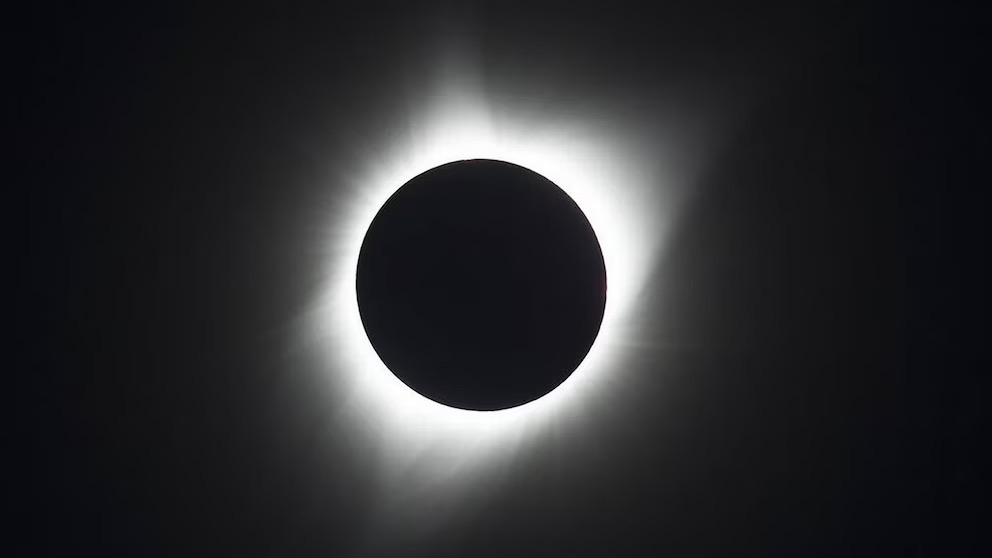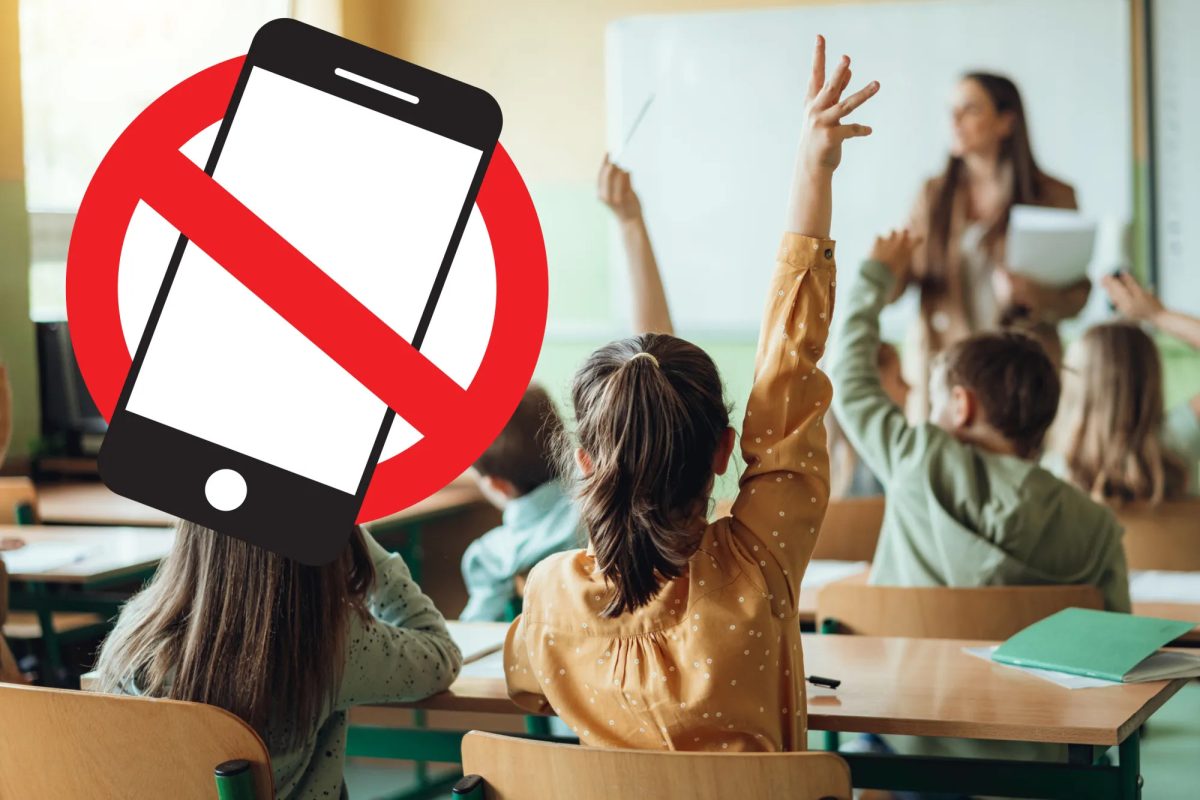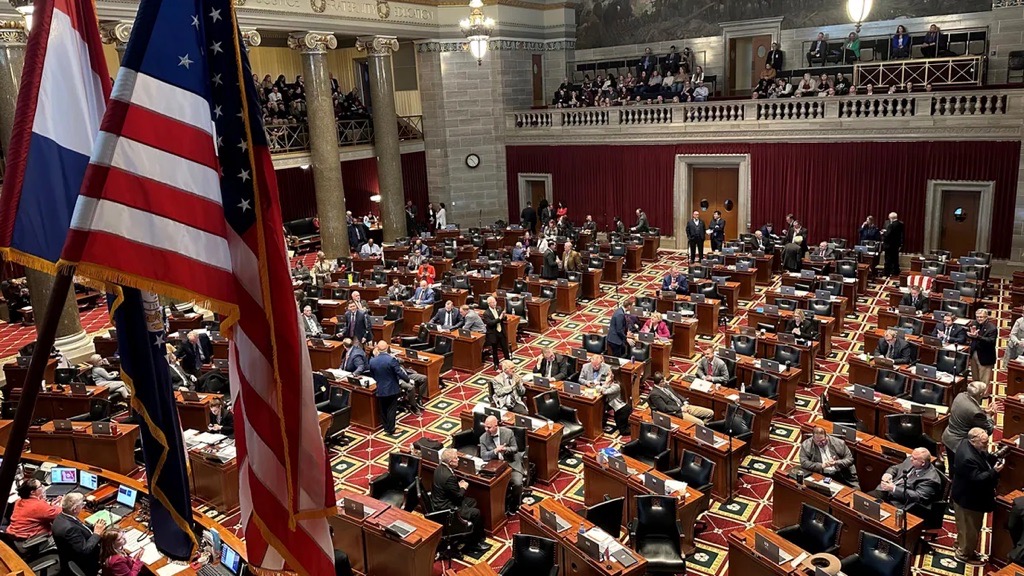This afternoon, the heavens will align as parts of Mexico, Canada, and the United States witness a total solar eclipse. Beginning at approximately 12:40 P.M, Americans in the Midwest will be able to watch as the moon gradually passes in front of the sun and transforms day into night in an instant.
It has been seven years since a total solar eclipse was visible in America, but eclipses of all kinds are more frequent than people think. An average of 2.38 eclipses happen every year all over the globe, or about two eclipses for every three years. However, a total eclipse is special, in that the moon completely blocks the light from the sun for multiple minutes, causing the sky to darken dramatically. The 2024 solar eclipse will follow a different track across the continent than the 2017, and more people will be able to observe the totality.
While eclipses are exciting and beautiful to look at, they can also be very dangerous to the unprepared. The sun will appear less bright when the moon begins to pass over it, but the amount of radiation emitted will remain the same. Staring at the eclipse without eye protection can cause permanent damage to the retina of the eye.
That is why eclipse glasses are essential to a safe viewing experience. The dark lenses are designed to block ultraviolet and infrared light, reducing the amount of sunlight absorbed by the wearer’s eyes. Only in the totality of the eclipse, when the sun is completely hidden behind the moon, is it safe to remove the glasses. When the totality is over, the glasses must go back on.
The moon’s shadow will travel all the way from Mazatlán, Mexico, to Newfoundland, Canada. Due to the curvature of the earth, different regions will see the eclipse at different times, even from state to state in the US. For people living near Poplar Bluff Missouri, partiality will begin at 12:39 P.M. and continue until 1:56 P.M. Totality will last for only four minutes. The greater St. Louis area, including O’Fallon, will only see 98% totality, but there is hardly any visible difference from 100% totality.
The next opportunity to watch a total solar eclipse from the United States will not happen until 2044, so make the most of this afternoon!







